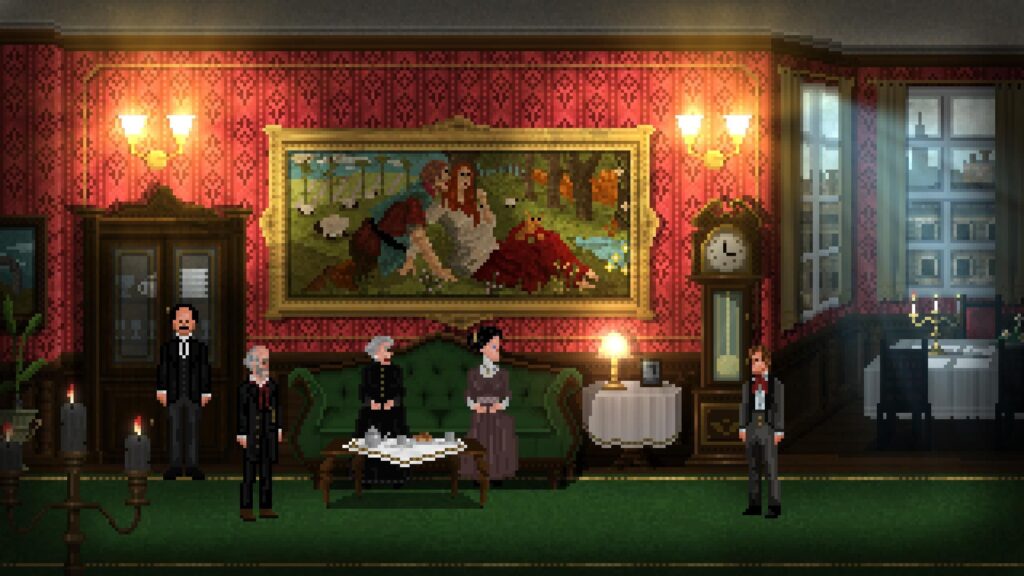
PC
With the wonderful Wadjet Eye slowing down on its publishing duties, and other indie publishers taking fewer risks on old-school adventures, full-length classic AGS adventures feel thin on the ground these days. So it’s a proper treat that An English Haunting should come along and be quite so excellent.
Set in 1907 London, An English Haunting tell the tale of Professor Patrick Moore, a university lecturer with a specialism in the metaphysical. He is, in the midst of the city’s craze for mediums and spiritualism, attempting to take a scientific approach to investigating the existence of ghosts. However, in the wake of his colleague going missing after taking £3,000 from the university’s bank account, Moore is charged with proving the existence of the “Great Beyond” in the next 72 hours, or having his entire department closed down.
What follows is a five act adventure that weaves through twists and turns, as far afield as Scotland, as Moore hunts for his missing colleague at the same time as attempting to prove what no others have managed for centuries. No small feat, then. Fortunately he gains the help of others, including renowned fake medium Beatrice Shaw, and another surprise main character I shall not spoil, in a story that makes subtle and overt references to all the great horror writers of the era.
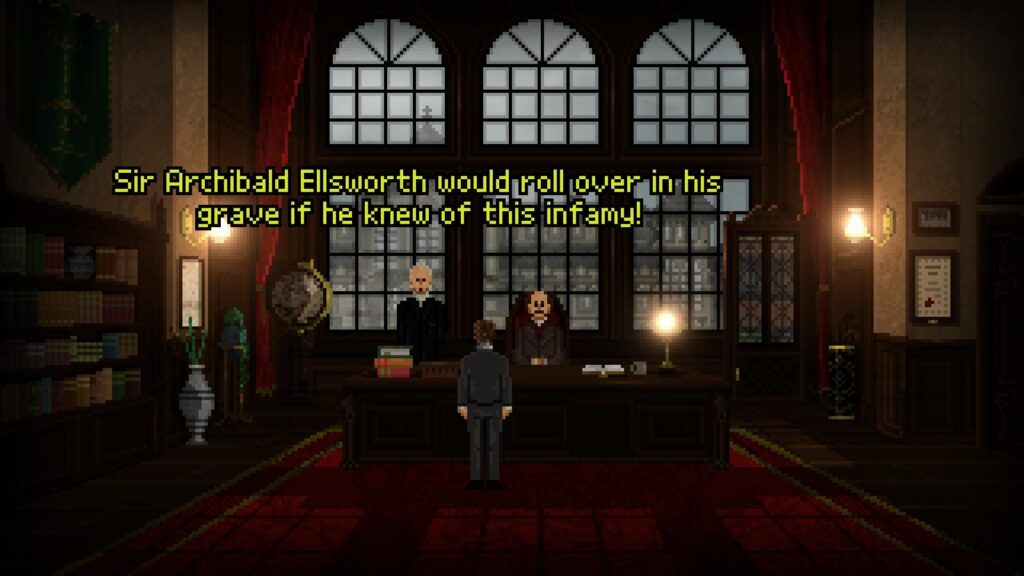
As is so often the case with these epic passion projects, An English Haunting is written and illustrated and programmed by one person, José María Meléndez (who previously brought us the splendid Nightmare Frames). Which is superhuman, given the vast number of different locations, each immaculately detailed, some used for a single scene but no less meticulous. We’re talking Ben Chandler levels of art talent here.
The game endlessly wears its influences on its sleeves, or even has them cameo in its story. There are diversions you can take, poring through the books in a local horror bookshop, and even taking a ludicrously difficult quiz from the shop owner on the genre. (One that, I feel compelled to point out, does rather naughtily ask questions of works that were published after 1907.) And as much as it may seem set in a sceptical world where our characters know that mediums are proven charlatans, this is a ghost story.
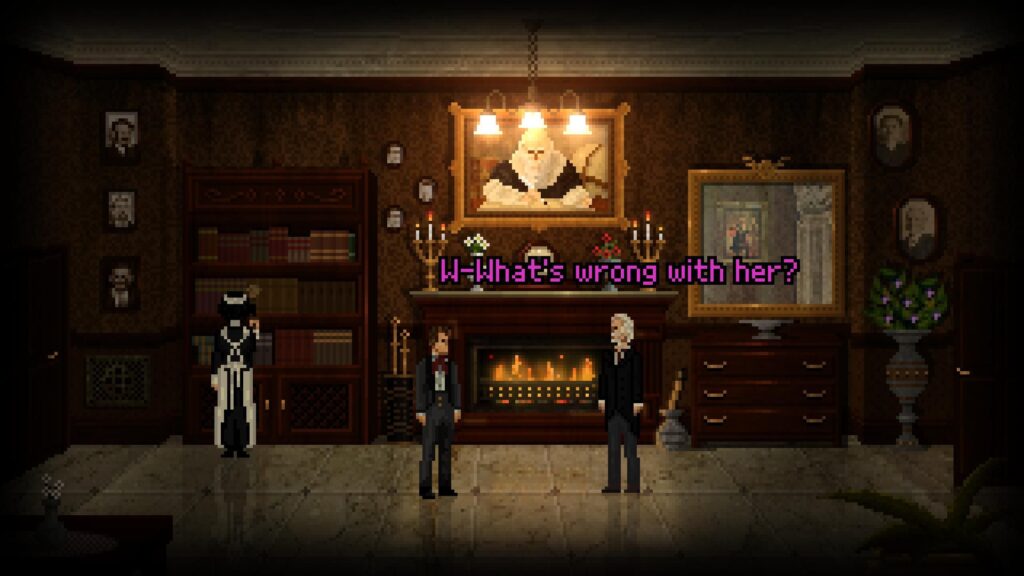
I found that the most fascinating aspect of this point-and-click adventure, as I explored the city across an ever-growing number of locations, solving the typical but satisfying puzzles of the genre. Cos, you know, ghosts don’t exist any more than mediums can speak to the dead, and this mix of scepticism and ghost hunting is quite the balance. And while part of me, a spoilsport part, is frustrated by the Derren Brown-like conflation of arguing for critical thinking while pursuing and promoting other nonsense, the rest of me tells it to shut up and just enjoy the spooky story.
Things reach their most preposterous in the third act, before coming slightly back down to earth for the surprising twist of the fourth act, and the big finish of the fifth. Interestingly, the nature of the game changes along with this structure, at some points offering you a large map with multiple locations to explore, at others seeing a different character working through locations on a notepad, and others still playing out in a far more linear way. It does make that perennial mistake of taking away far too much player agency by the end, in order to force its denouement along at a fair click, but honestly that’s just being greedy considering how long and involved the game has already been.
It’s worth noting that the game doesn’t shy away from representing many of the attitudes of its time, despite Moore’s thoroughly modern views on most matters. Its characters are particularly unpleasant about the Irish, and you’ll encounter some casually nasty views from nasty characters. But it’s very clear these aren’t the views of the game itself.
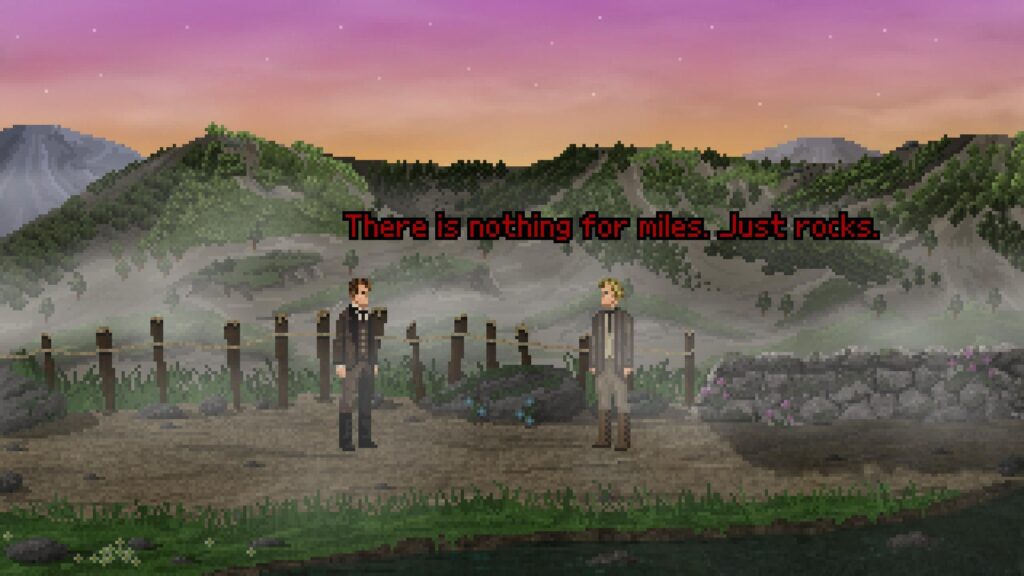
As ever, I’m deliberately writing around mentioning the story in any detail, which does a disservice in reporting how strong and involving it is, but also preserves you as much of the experience as I had when I played. I think it fluffs one twist by re-introducing a not particularly memorable character in a different circumstance, and as I mentioned it gets a bit silly in the middle, but I was fully into the role of Moore and deeply intrigued by his situation and relationships, and that matters more than anything else.
As a loveletter to the era’s fiction, that turning point from 19th century gothic fiction to the more modernist leanings of M. R. James and Lovecraft (a name the game conspicuously doesn’t mention, but certainly borrows from), it absolutely shines, and I’ve come away with a reading list of recommendations I now want to check out (a huge number of which are preserved for free via Project Gutenberg).
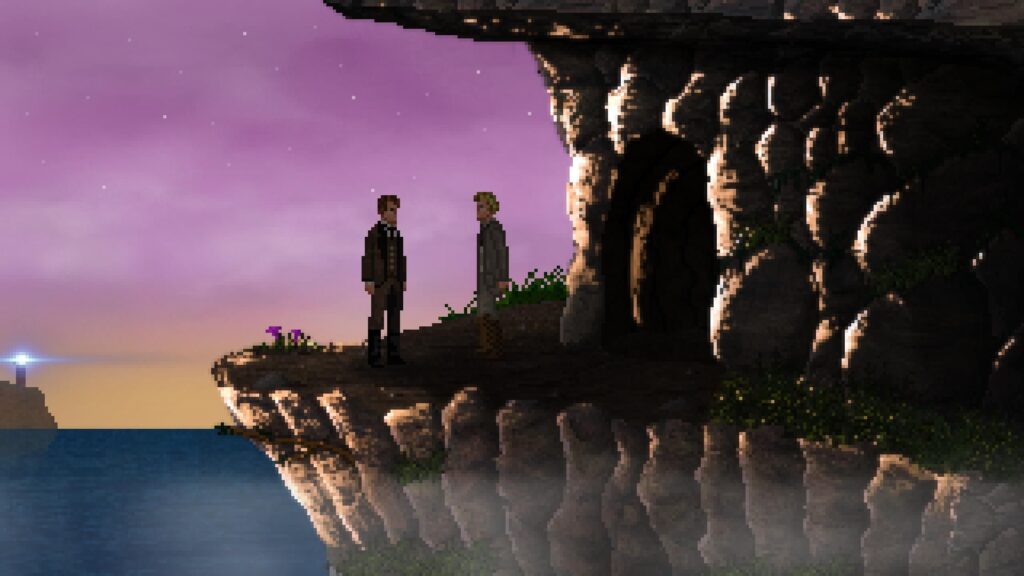
I’m so pleased games like this are still being created. They certainly deserve to be supported. An English Haunting is a surprisingly long, enormously detailed creation, with stunning artwork and immaculate prose. And features a bunch of lovely in-era cameos and references for those who are already fans of the genre. For those who aren’t, there’s a fair chance they will be by the end.
All Buried Treasure articles are funded by Patreon backers. If you want to see more reviews of great indie games, please consider backing this project.
86



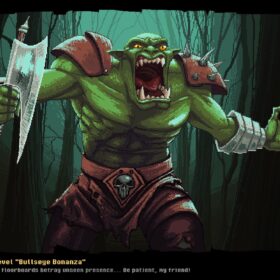
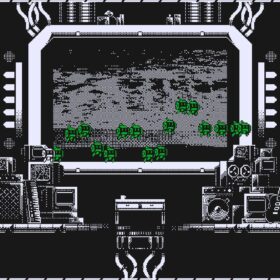
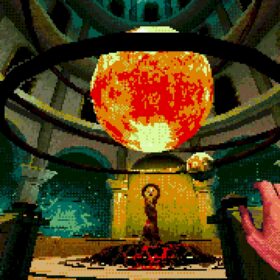

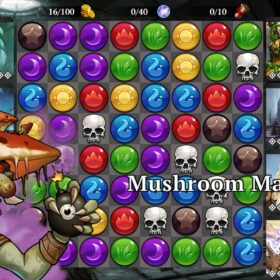





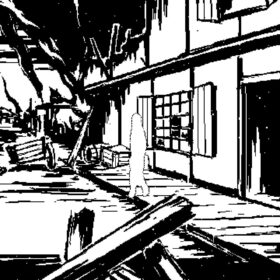



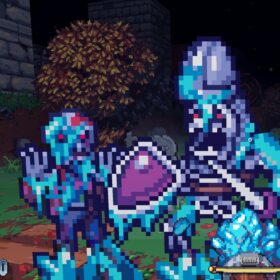
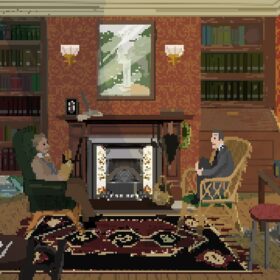
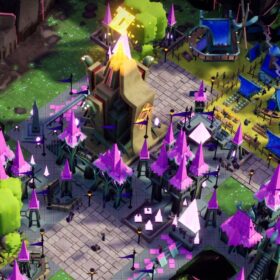



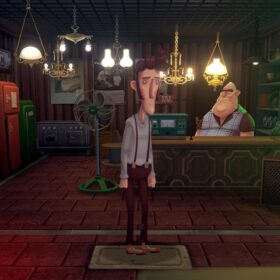
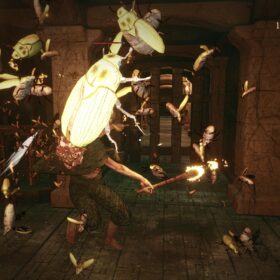

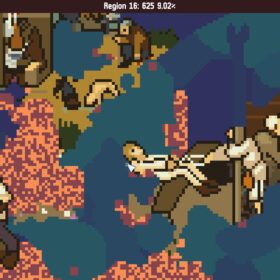



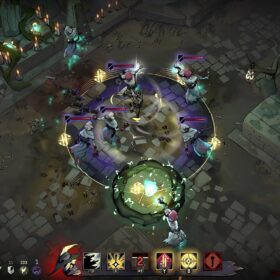
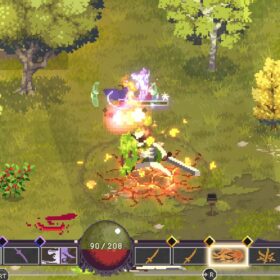
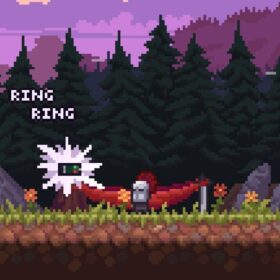

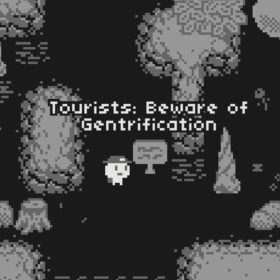

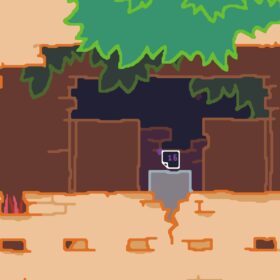
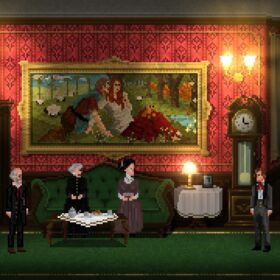

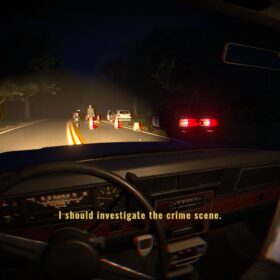

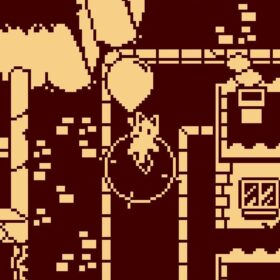
Dude really called Dogmeat stupid and a disastrous piece of crap. Therefore, any opinion he has on anything is wrong.
José María Meléndez did?
No, wait. You’re talking about John’s 2015 Why I Hate Fallout 4’s Stupid Dog RPS column?
My headcanon is that you’ve been posting this comment on everything John has written since November 2015, and I’ve just missed them due to mods.
This looks cool and I definitely would have ignored it, if you hadn’t pointed me at it here, due to me being a big wuss about spooky stuff.
On the list it goes.
Fantastic choice! Definitely one of my favourite point and click adventures of recent years. Thanks John!